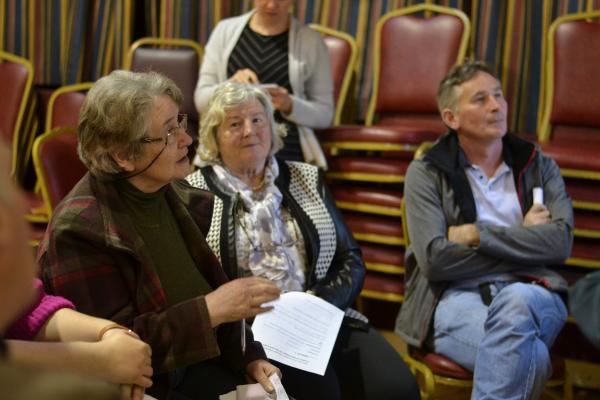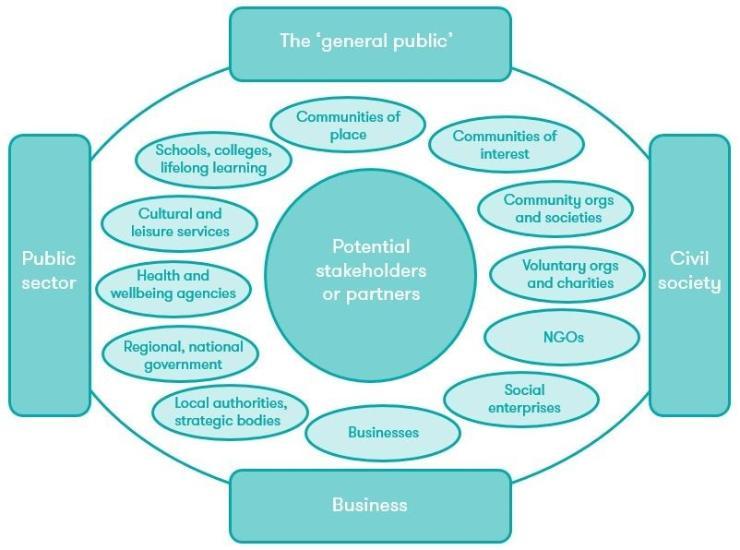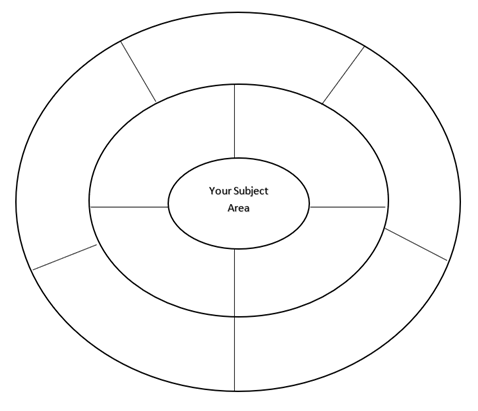In This Section
- CIRTL Homepage
- Meet our Team
- Resources
- Short Guides
- Short Guide 1: Starting Well
- Short Guide 2: Scaffolding Learning
- Short Guide 3: Icebreakers
- Short Guide 5: Discussions for Online Learning
- Short Guide 4: Visualising Thinking
- Short Guide 6: Universal Design for Learning
- Short Guide 7: Group Work
- Short Guide 8: Reimagining Practicals
- Short Guide 9: Assessment in the Age of AI
- Sustainable Development Goals Toolkit
- Group Work
- Connected Curriculum
- Civic Engagement Toolkit
- Learning Outcomes
- DigiEd Reading List
- Ethical Use of GenAI Toolkit
- Short Guides
- Professional Development
- Events
The Future is at Stake(holders)

Best practice civic and community engagement means thinking critically about the various categories of stakeholders that exist. Ensure you are not limited by your experience, have a look at the diagram below created by The National Coordinating Centre for Public Engagement (NCCPE) in the UK.
Stakeholder Categories
The diagram “Who are the Public?” outlines the wide range of external bodies and agencies that exist and that are of relevance to higher education. The categories provided are helpful in supporting us to understand who the public are and to consider who we would like to engage with.

Stakeholder Mapping Exercise
Who is the best placed person to assess who your immediate and wider stakeholders are? The answer is you and your students.
Challenge yourself to think of all the different types of stakeholders that are connected to, affected by, interested in your subject area. Once you have a list ready you can begin to assess the value in working with them, being mindful of acknowledging the implicit biases or preferences you may have. For example, you may be intimidated by working with a particular cohort you have never engaged with previously or there may be perceived communication or other gaps that you feel are too large to bridge. Sometimes the most fruitful partnerships are those that appear complicated from the outset so do ensure you establish a fair mechanism for selecting your collaborators.
The following diagram provides a template for listing and prioritizing the stakeholders most strongly connected to your area. You can complete this exercise again and again, refining it based on your emerging preferences. It is not a sophisticated tool, but an excellent one when starting out, supporting you to consider the wide variety of entities that have stakes in your subject area.
How to: Using the circle below, outline who your immediate stakeholders are in the inner circle and using the outer circle indicate who your wider stakeholders are. You could add another layer to this by teasing through the different scenarios or occasions where it might be more appropriate to work with one stakeholder over another. Download this Stakeholder Mapping Template.

Linking your disciplinary area with the societal challenges or the SDGs and exploring key stakeholders involved through stakeholder mapping is a great introductory way to embed civically focused thinking and activities into your modules. It is also a good first step towards initiating a learning collaboration with community-based entities.
In Practice
Read this article 'Planning our Future' to read more about how Jeanette Fitzsimons, lecturer on the Masters in Planning and Sustainable Development (MPlan), moved outside the traditional classroom learning environment and enhanced her students’ ability to grow and develop as future professionals. Run by the Centre for Planning Education and Research at UCC, the MPlan has received a number of awards and recognition for teaching excellence.
For more on this story contact:
This Practice Insight is published by @UCC_CIRTL and @UCC_Civic as part of the CE Toolkit for embedding civic and community engagement in the curriculum. Discover more about How to Connect Societal Challenges here.
Follow Centre for Planning Education and Research on Twitter @PlanningUCC
